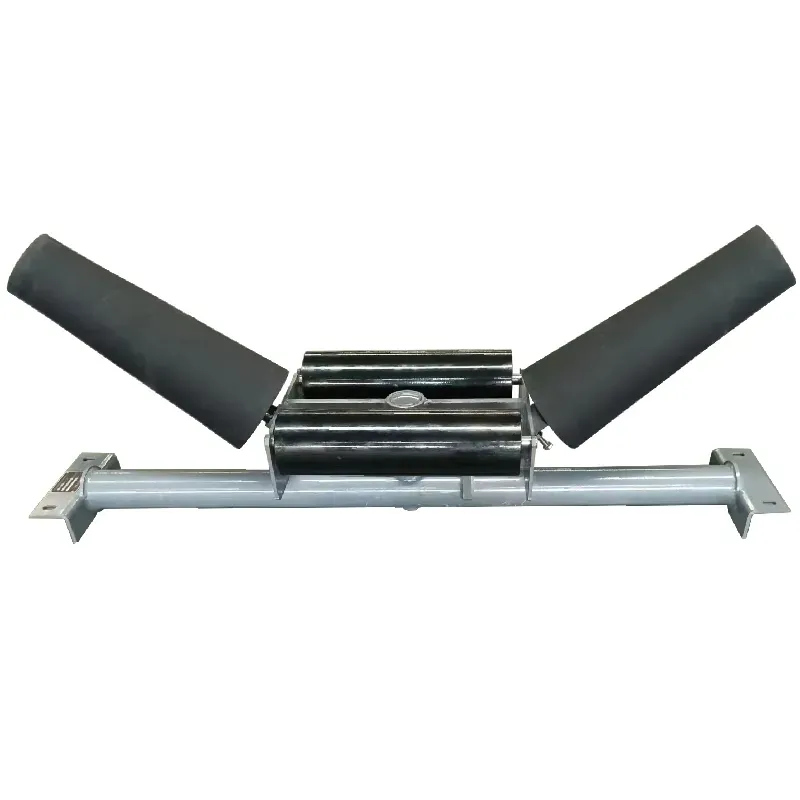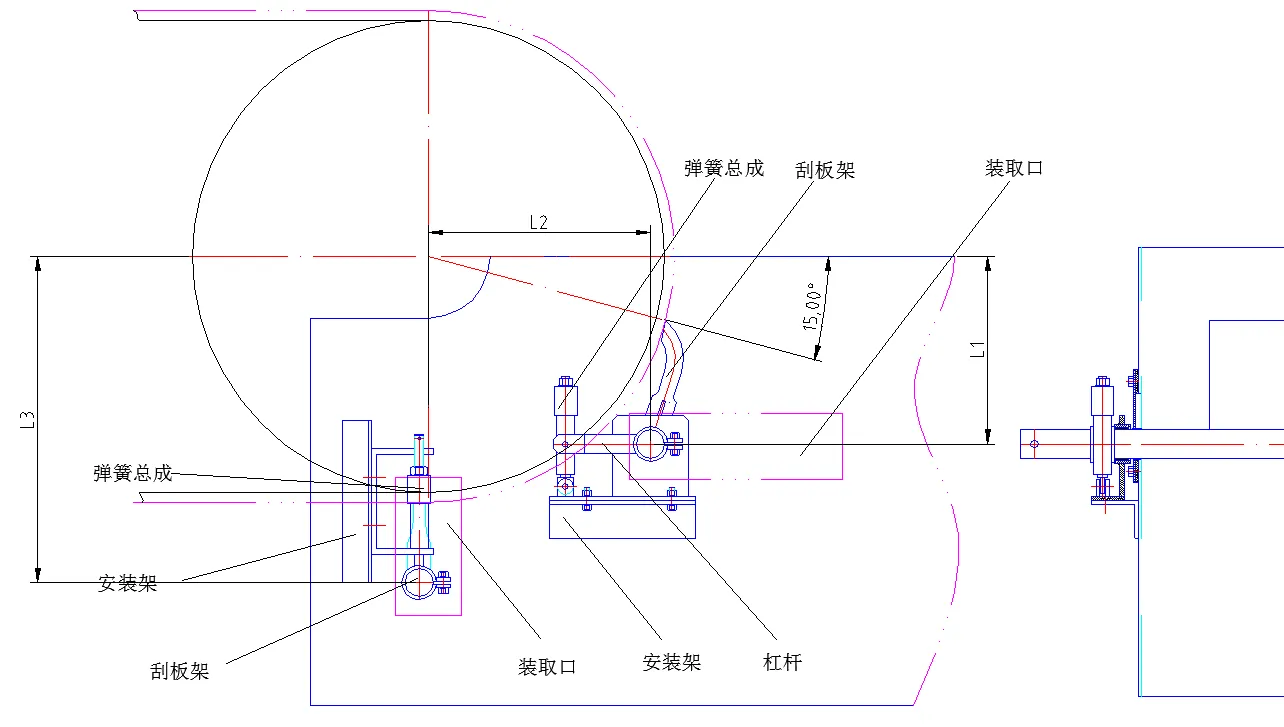 Afrikaans
Afrikaans  Albanian
Albanian  Amharic
Amharic  Arabic
Arabic  Armenian
Armenian  Azerbaijani
Azerbaijani  Basque
Basque  Belarusian
Belarusian  Bengali
Bengali  Bosnian
Bosnian  Bulgarian
Bulgarian  Catalan
Catalan  Cebuano
Cebuano  Corsican
Corsican  Croatian
Croatian  Czech
Czech  Danish
Danish  Dutch
Dutch  English
English  Esperanto
Esperanto  Estonian
Estonian  Finnish
Finnish  French
French  Frisian
Frisian  Galician
Galician  Georgian
Georgian  German
German  Greek
Greek  Gujarati
Gujarati  Haitian Creole
Haitian Creole  hausa
hausa  hawaiian
hawaiian  Hebrew
Hebrew  Hindi
Hindi  Miao
Miao  Hungarian
Hungarian  Icelandic
Icelandic  igbo
igbo  Indonesian
Indonesian  irish
irish  Italian
Italian  Japanese
Japanese  Javanese
Javanese  Kannada
Kannada  kazakh
kazakh  Khmer
Khmer  Rwandese
Rwandese  Korean
Korean  Kurdish
Kurdish  Kyrgyz
Kyrgyz  Lao
Lao  Latin
Latin  Latvian
Latvian  Lithuanian
Lithuanian  Luxembourgish
Luxembourgish  Macedonian
Macedonian  Malgashi
Malgashi  Malay
Malay  Malayalam
Malayalam  Maltese
Maltese  Maori
Maori  Marathi
Marathi  Mongolian
Mongolian  Myanmar
Myanmar  Nepali
Nepali  Norwegian
Norwegian  Norwegian
Norwegian  Occitan
Occitan  Pashto
Pashto  Persian
Persian  Polish
Polish  Portuguese
Portuguese  Punjabi
Punjabi  Romanian
Romanian  Russian
Russian  Samoan
Samoan  Scottish Gaelic
Scottish Gaelic  Serbian
Serbian  Sesotho
Sesotho  Shona
Shona  Sindhi
Sindhi  Sinhala
Sinhala  Slovak
Slovak  Slovenian
Slovenian  Somali
Somali  Spanish
Spanish  Sundanese
Sundanese  Swahili
Swahili  Swedish
Swedish  Tagalog
Tagalog  Tajik
Tajik  Tamil
Tamil  Tatar
Tatar  Telugu
Telugu  Thai
Thai  Turkish
Turkish  Turkmen
Turkmen  Ukrainian
Ukrainian  Urdu
Urdu  Uighur
Uighur  Uzbek
Uzbek  Vietnamese
Vietnamese  Welsh
Welsh  Bantu
Bantu  Yiddish
Yiddish  Yoruba
Yoruba  Zulu
Zulu जन . 30, 2025 05:59
Back to list
Return Idler Bracket
Navigating the intricate world of hardware components like rollers and brackets might seem a bit daunting at first. However, their significance in both residential and industrial mechanics is paramount. The functionality and durability of machinery, doors, and gates often rest upon these foundational elements. With expertise in this area, I've observed that an understanding of their design, materials, and specific uses can drastically improve efficiency and longevity in their applications.
Another aspect where expertise makes a significant difference is in understanding the specific types of rollers and brackets that suit particular applications. For instance, ball-bearing rollers offer superior motion fluidity and are perfect for precision devices, while flat belt rollers might be apt for bulk material handling. Similarly, adjustable brackets offer flexibility in applications where dimensional changes are anticipated, whereas fixed brackets provide sturdiness and are preferred for permanent structures. Despite the simplicity of rollers and brackets in theory, their impact is profound, influencing everything from operational efficiency to safety standards. Therefore, it's imperative to consider not only the immediate requirements but also long-term sustainability and ease of replacement. Engaging with manufacturers and suppliers known for their quality and innovation can further enhance the reliability and performance of these tools. Having spent years delving into the selection and implementation of these components, I recommend a strategic approach. Begin by assessing specific needs and constraints of your project. Consult industry guidelines and experienced professionals to identify the most suitable materials and design. Additionally, maintain a schedule for inspection and service; this not only assures safety but also enhances the component’s lifecycle. While technology evolves, the fundamental importance of rollers and brackets remains steadfast. Advancements in materials science and engineering continue to offer improved versions, yet the basic rotational and supportive functions are irreplaceable. Mastery over these components, then, equips one to handle a broad spectrum of mechanical and structural challenges with confidence. In conclusion, the efficacious use of rollers and brackets lies in understanding their capabilities and leveraging this knowledge towards creating efficient systems. Comprehensive research, coupled with real-world experience, ensures that these modest yet mighty components perform at their best. As automation progresses, a careful consideration of these elemental parts can yield substantial improvements in productivity and safety.


Another aspect where expertise makes a significant difference is in understanding the specific types of rollers and brackets that suit particular applications. For instance, ball-bearing rollers offer superior motion fluidity and are perfect for precision devices, while flat belt rollers might be apt for bulk material handling. Similarly, adjustable brackets offer flexibility in applications where dimensional changes are anticipated, whereas fixed brackets provide sturdiness and are preferred for permanent structures. Despite the simplicity of rollers and brackets in theory, their impact is profound, influencing everything from operational efficiency to safety standards. Therefore, it's imperative to consider not only the immediate requirements but also long-term sustainability and ease of replacement. Engaging with manufacturers and suppliers known for their quality and innovation can further enhance the reliability and performance of these tools. Having spent years delving into the selection and implementation of these components, I recommend a strategic approach. Begin by assessing specific needs and constraints of your project. Consult industry guidelines and experienced professionals to identify the most suitable materials and design. Additionally, maintain a schedule for inspection and service; this not only assures safety but also enhances the component’s lifecycle. While technology evolves, the fundamental importance of rollers and brackets remains steadfast. Advancements in materials science and engineering continue to offer improved versions, yet the basic rotational and supportive functions are irreplaceable. Mastery over these components, then, equips one to handle a broad spectrum of mechanical and structural challenges with confidence. In conclusion, the efficacious use of rollers and brackets lies in understanding their capabilities and leveraging this knowledge towards creating efficient systems. Comprehensive research, coupled with real-world experience, ensures that these modest yet mighty components perform at their best. As automation progresses, a careful consideration of these elemental parts can yield substantial improvements in productivity and safety.
Next:
Latest news
-
Revolutionizing Conveyor Reliability with Advanced Rubber Lagging PulleysNewsJul.22,2025
-
Powering Precision and Durability with Expert Manufacturers of Conveyor ComponentsNewsJul.22,2025
-
Optimizing Conveyor Systems with Advanced Conveyor AccessoriesNewsJul.22,2025
-
Maximize Conveyor Efficiency with Quality Conveyor Idler PulleysNewsJul.22,2025
-
Future-Proof Your Conveyor System with High-Performance Polyurethane RollerNewsJul.22,2025
-
Driving Efficiency Forward with Quality Idlers and RollersNewsJul.22,2025
OUR PRODUCTS





























